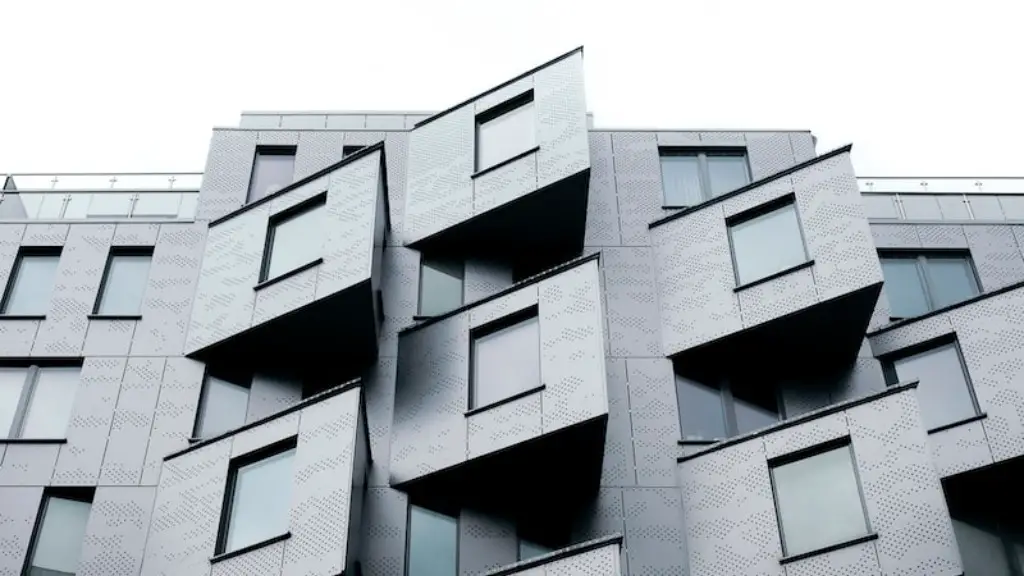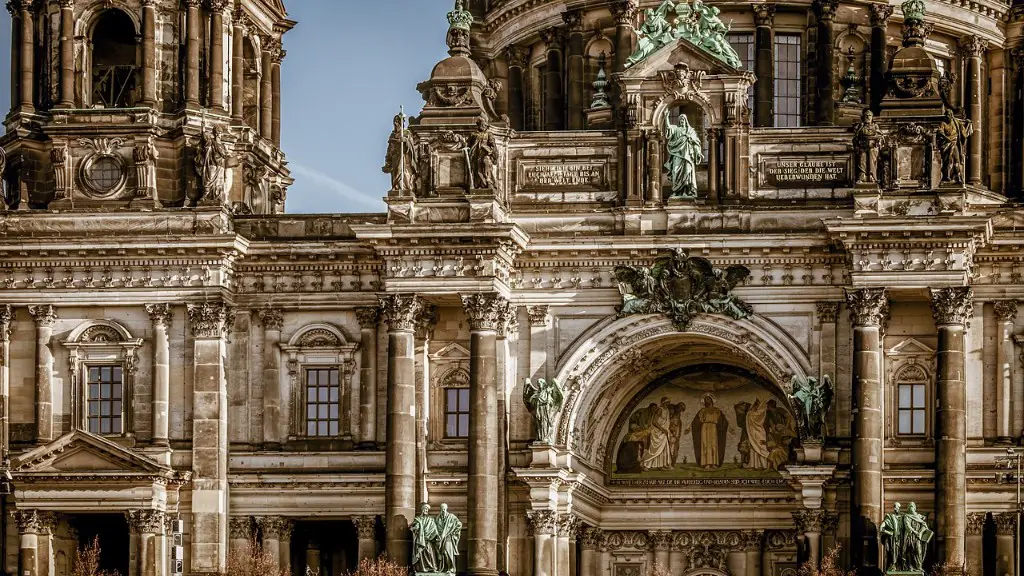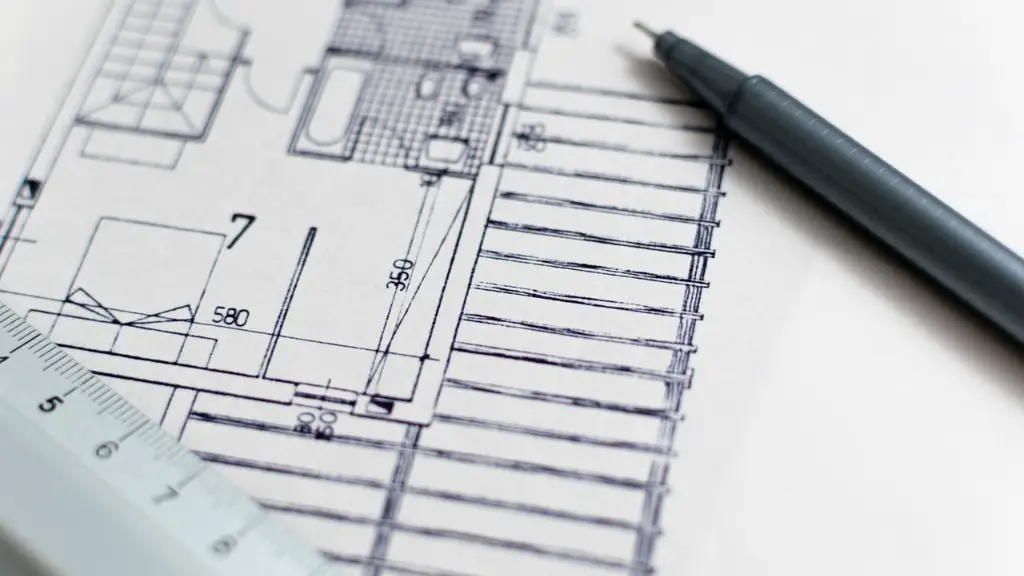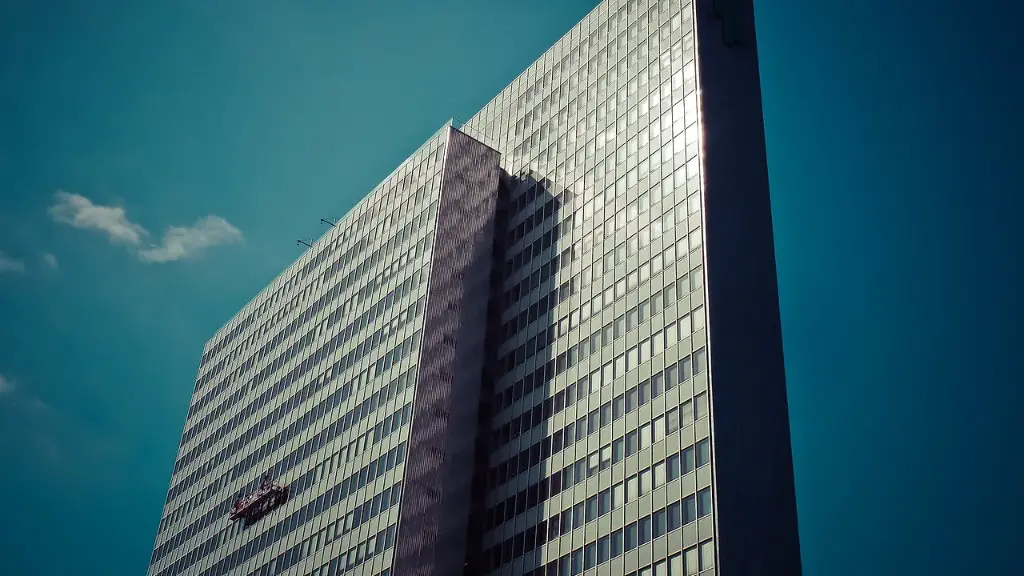A Symbol of Beauty, Creativity, and Belief
Islamic architecture, which spans a thousand years, contains amazing variety and creativity and has made a deep contribution to the world’s diverse cultural heritage. Its designs can be found all over the world, from Spain and Morocco to India and China. The components of this architecture are sometimes incredibly intricate and delicate, and other times, incredibly simple and powerful.
Interestingly enough, Islamic architecture has no significant beginning or ending, with examples of its influence still being found during the modern day. This ancient and cherished style has intrigued and inspired scholars for centuries. Islamic architecture still carries immense significance and each of the architectural elements found in its interior and exterior, convey deeper meanings that depict the Islamic faith and its values.
The Elements of Islamic Architecture
The characteristics of Islamic architecture, which are visible both in a mosque/masjid and mausoleum, typically include arches, domes, mosaics, and ornamental grafting. Every single element in Islamic architecture has a deeper meaning, with its intricate curves, shapes, and surface decorations conveying an implication of the inherent beauty of the Islamic faith.
Arches, which are believed to have originated in Roman architecture, have been used in Islamic architecture since centuries. Typically of semi-circular or multi-cusped design, they represent the metaphysical arch, which is the symbolic form of God’s heavenly cycle. They are used not only for structural stability, but for stylistic reasons as well, and can often be found in the doorways and courtyards of many Islamic buildings.
Domes, which are structurally complex and aesthetically pleasing, are also a key element of Islamic architecture. Their semi-circular shape ranges from polygonal to polyhedral, and their design is believed to resemble the vault of heaven itself. In Islamic culture, the dome serves as an incredibly powerful symbol of enduring faith and reverence.
The Expressions of Islamic Art
Islamic art is composed of local crafts and is often used in architecture as a decorative adornment. Notable artworks include calligraphy, stucco, and wood carving. These works are often seen as expressions of faith or thanksgiving to Allah, and have been used to adorn Islamic architecture since the beginning.
Calligraphy is perhaps the most recognized form of Islamic art and has been used since the times of the prophet Muhammad. Calligraphers use an ancient style of Arabic script to represent spiritual messages, verses from the Quran, and other Islamic sayings. The practice serves as an ode to Allah’s spoken word and is often used to decorate mosques and mausoleums.
Stucco is another popular form of Islamic art that is used in architecture. Stucco is a type of plaster containing flour, salt, and egg whites that is used to decorate ceilings, walls, and even furniture. This art form originated in ancient Mesopotamia and was greatly revered during the height of Islamic architecture.
The Design Aspect of Islamic Architecture
Islamic architecture has established several design principles that serve as guidelines for building successful structures. First, Islamic architecture rarely has circular architectural elements, as this shape is thought to represent power rather than submission. Secondly, Islamic architecture generally has no powerful horizontal lines, as this is thought to be disrespectful of the hierarchy of existence. Lastly, Islamic architecture often has large windows and impressive courtyards, both of which help to bring in light and foster a sense of openness and beauty.
Influence on Art and Design
The influence of Islamic architecture can be seen in many modern-day art and design pieces. Mosques have often been used as inspiration for various types of artwork, whether contemporary or abstract, and many artists have even used the traditional designs of Islamic architecture to create unique pieces. Similarly, architects from around the world continue to take inspiration from Islamic art and architecture when designing new projects.
Modern Perspective of Islamic Architecture
Islamic architecture has grown exponentially over the centuries, with more modern interpretations of the styles being adopted all the time. Not only are scholars studying and analyzing the intriguing art forms of this architecture, but the architectural style is being embraced by cities and countries all over the world.
Today, Islamic architecture is viewed as a symbol of faith, devotion and identity, and can be seen as an artistic expression of the Muslim community. It continues to mark the most important religious centers and structures, as well as provide cultural identity, pride and continuity.
The Architectural Significance of Islamic Gardens
Islamic gardens are one of the most distinctive elements of Islamic architecture. They are designed to create peace, beauty and tranquility, and as a symbolic representation of paradise. The gardens offer a refreshing retreat from the stress of everyday life, often focused on gathering, reflection and entertainment.
Islamic gardens, which were established way back during the Abbasid dynasty, feature ponds, waterfalls, raised terraces, and winding paths. They have been designed to accentuate a sense of unity with nature, featuring the carefully placed shrubs, trees, and flowering plants. These gardens promote contemplation, offering retreat into a natural atmosphere and away from the hustle and bustle of everyday life.
The Cultural Significance of Islamic Architecture
Islamic architecture is a cultural and historical form of expression, with many of the most famous Islamic structures being UNESCO world heritage sites today. From the historic Great Mosque of Samarra, to the beautifully crafted Grand Mosque of Djenné in Mali, and the incredible blue-tiled Grand Mosque of Isfahan in Iran – the strength and importance of Islamic architecture can be seen in these places and more.
Not only are these Arabic architectural structures rich in history, but it also offers a insight into the beliefs and customs of the countries in which it can be found. These ancient structures create a beautiful reminder of the power and cultural depth of the Islamic faith, and continue to inspire and captivate visitors even today.
The Aesthetic Appeal of Islamic Architecture
The aesthetic appeal of Islamic architecture is undeniable, as it conveys both intricate geometric forms and bold visuals that draw in onlookers. Traditional Islamic buildings often feature brightly colored palettes and highly ornate decorations, embellishing their walls with intricate tile-work and intricate patterns.
The distinct Islamic forms, elaborate calligraphy, and intricate geometric patterns used in these structures have an undeniably captivating charm, and have proven to have a lasting impression on viewers. Moreover, the striking tile designs, painterly figures, and vibrant colors leave an impression that viewers carry with them long after visiting an Islamic structure.
The Importance of Islamic Architecture
It is clear why Islamic architecture continues to be important throughout the world. Not only does it offer a stunning display of beauty, creativity and spiritual expression, but it also provides a direct route to understand more about the Islamic faith.
Islamic architecture is more than just beautiful buildings – it is the representation of intricate beliefs, customs and a way of life. It may be centuries old, but its impact still endures today and its significance should never be underestimated.
The Influence of Islamic Architecture on the Urban Environment
In recent times, the influence of Islamic architecture has started to extend its reach beyond mosques, mausoleums and gardens. Now, many urban areas are being enhanced with the addition of Islamic elements, from larger housing complexes to modern commercial buildings.
In some regions, these new designs have been well-received and have successfully added to the local urban environment. Islamic architecture can bring an impressive touch of beauty, sophistication and harmony to an urban environment, providing a true sense of renewal and transformation.
The Global Spread of Islamic Architectural Influences
The influence of Islamic architecture has spread across nations and continents over the course of history, and this trend continues to this day. It is found everywhere from Turkey and Morocco to England, Japan, and the United States.
The components of Islamic architecture are being blended with modern forms and materials to produce structures that are a hybrid of both past and current. This evolution of Islamic architecture has created a bridge between tradition and modernity, both in terms of design and appreciation.
The Growing Popularity of Islamic Architecture
Today, Islamic architecture continues to gain immense popularity amongst all types of people. Its intricate beauty and unsullied detail remain something to be admired, and its clever incorporation into modern urban areas is something to be respected.
Sites such as The Great Mosque of Djenné, the Jame Asr Hassanil Bolkiah Mosque and Badshahi Mosque of Lahore are become increasingly popular tourist destinations, drawing in devout Muslims, curious tourists and art enthusiasts alike.
The beauty of this exceptional art form has caught the attention of many, and it looks as though its recognition is here to stay.



